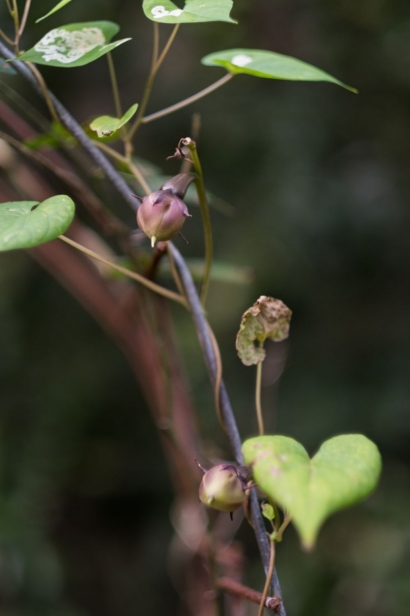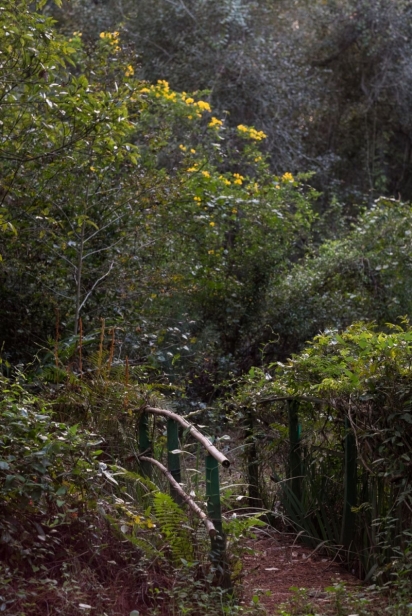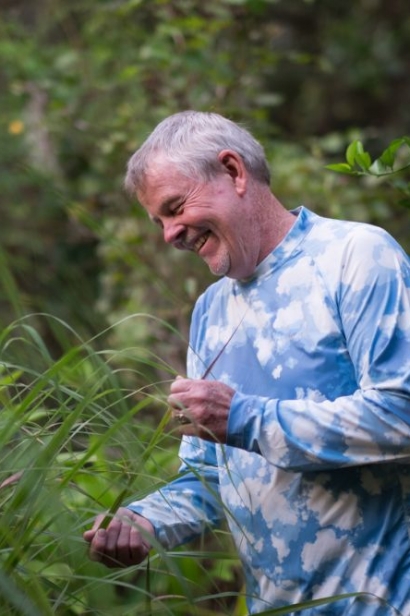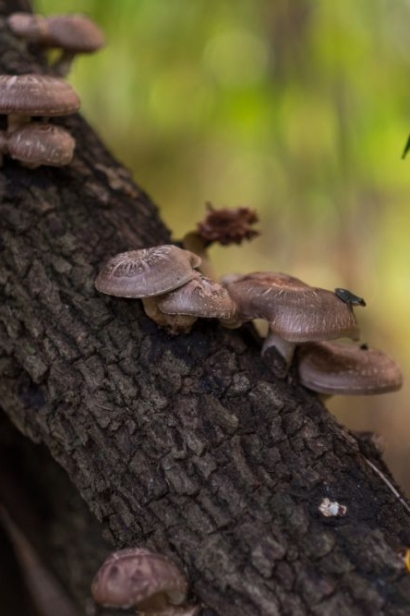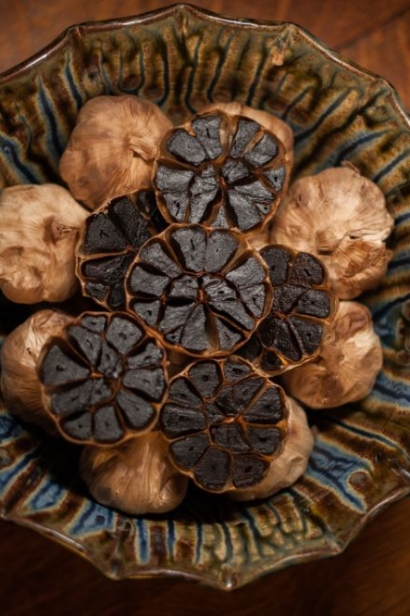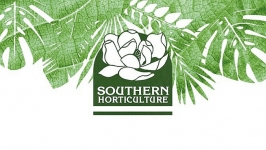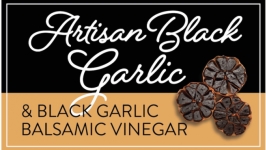Enchanted Food Forest
The directions to the edible food forest were very precise for a destination that seemed more mythical than real: Head south on 207, go through traffic light in Hastings another 6/10 mile. Stay in the right lane, then turn right onto Old Hastings Road 1.4 miles, until it dead-ends. The driveway is 1/2 mile on the right. Turn in where you see cassia blossoms on the mailbox. The last hint indicated that I was indeed approaching a spot off the beaten track, and as I turned down Fred Bergen’s driveway I left behind the tick-tock world if only for a short spell.
Many will know Bergen from the black garlic products he sells at the Old City Farmers’ Market in St. Augustine. At Fred Bergen’s Artisan Black Garlic tent he offers a variety of garlic-infused vinegars and sea salts using this fermented product which adds sweet, fruity, even earthy tones creating unique culinary delights. During a conversation with him at the market, which includes a sample of the black garlic products, you will get a taste of Bergen’s varied background as well. His parents were high-wire performers from Germany, The Silver Condors, and he was part of the act at an early age.
“Being part of the international community of circus performers from birth influenced my view of the world. Living in harmony with people and within nature is important to me,” said Bergen.
Any conversation with Bergen will inevitably lead to a discussion of the beauty of an edible landscape, which is not surprising given the initiative he undertook about five years ago to transform his property into a food forest. Using a configuration of berms and swales, Bergen follows the practice of permaculture, utilizing the patterns and features found in the natural world to grow edible plants. While the concept has been around for many years, the approach to growing food was so named by a couple of Australians in the 1970s. Permaculture, or permanent culture, starts from a philosophy of integrating with nature rather than trying to control it.
After spending some time noting the habits of plants and insects alike, Bergen has established a food forest that includes fruit trees, legumes, spices, ornamentals and vegetables, each with a specific purpose and benefit, even if it is just aesthetically appealing. “I grow some plants, like the roses and day lilies, just because the flowers and leaves are beautiful,” said Bergen. A plethora of fruit trees and bushes line the yard, including plum, pear, pomegranate, loquat, blackberry, blueberry, mayhaw, orange, mulberry, lemon and more. Cassia and other legumes are planted for the benefits they provide as nitrogen fixers. Vegetation such as galangal and turmeric is utilized in some of his black garlic products and other culinary endeavors.
Home gardens come in a variety of sizes and formats, depending on the available space. If you have a bit of space in your landscape, you might want to consider an approach similar to Bergen’s, who has cultivated a biodiverse eco-system integrating native plants with complementary vegetation reflecting his belief in the interconnectedness of the landscape and an interdependent world. Bergen’s gardening approach is one that not only results in an edible harvest; his food forest also represents a philosophy of living in harmony with nature and with each other.




